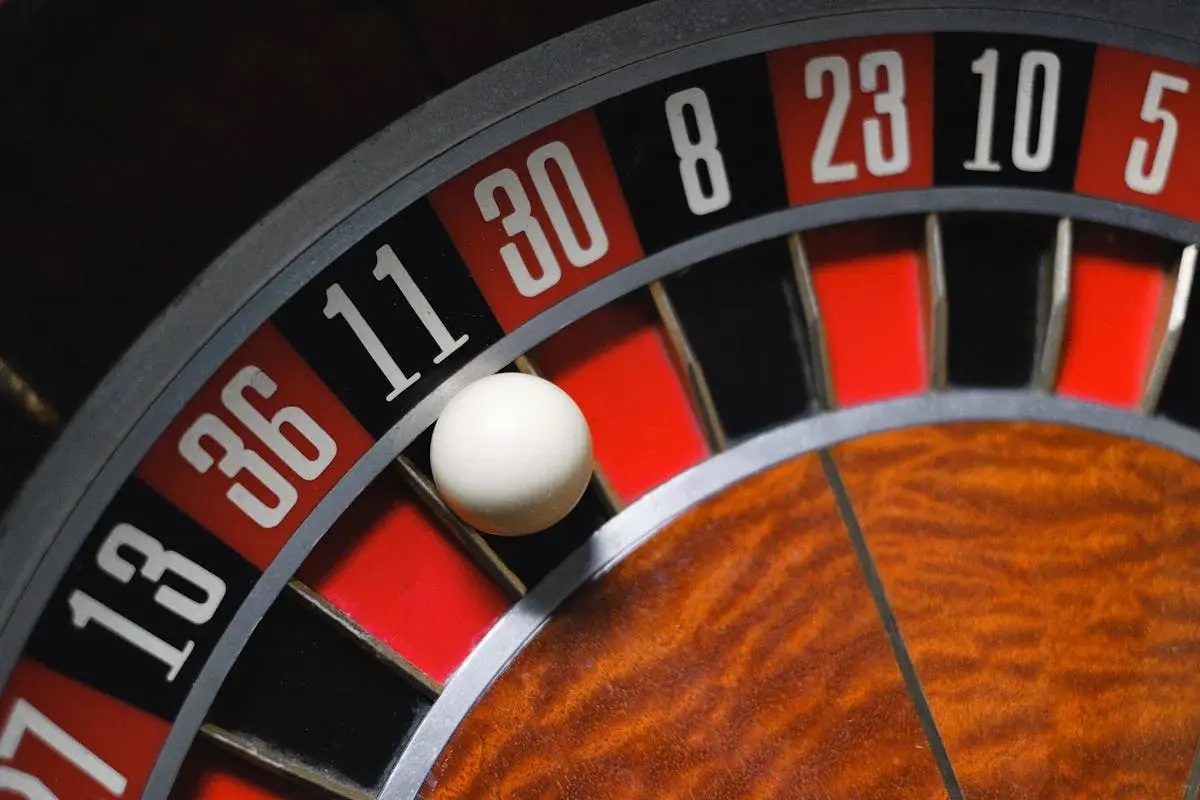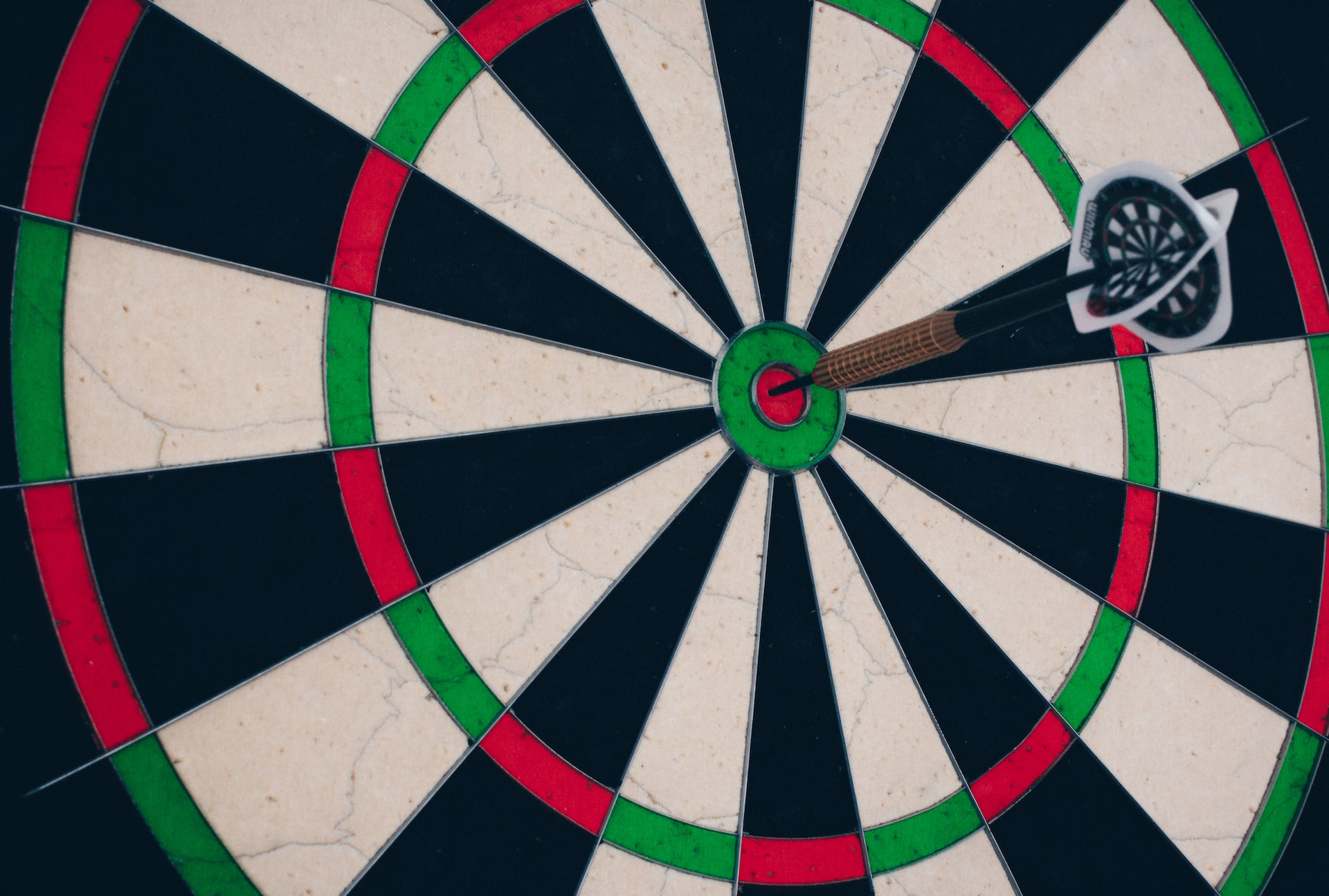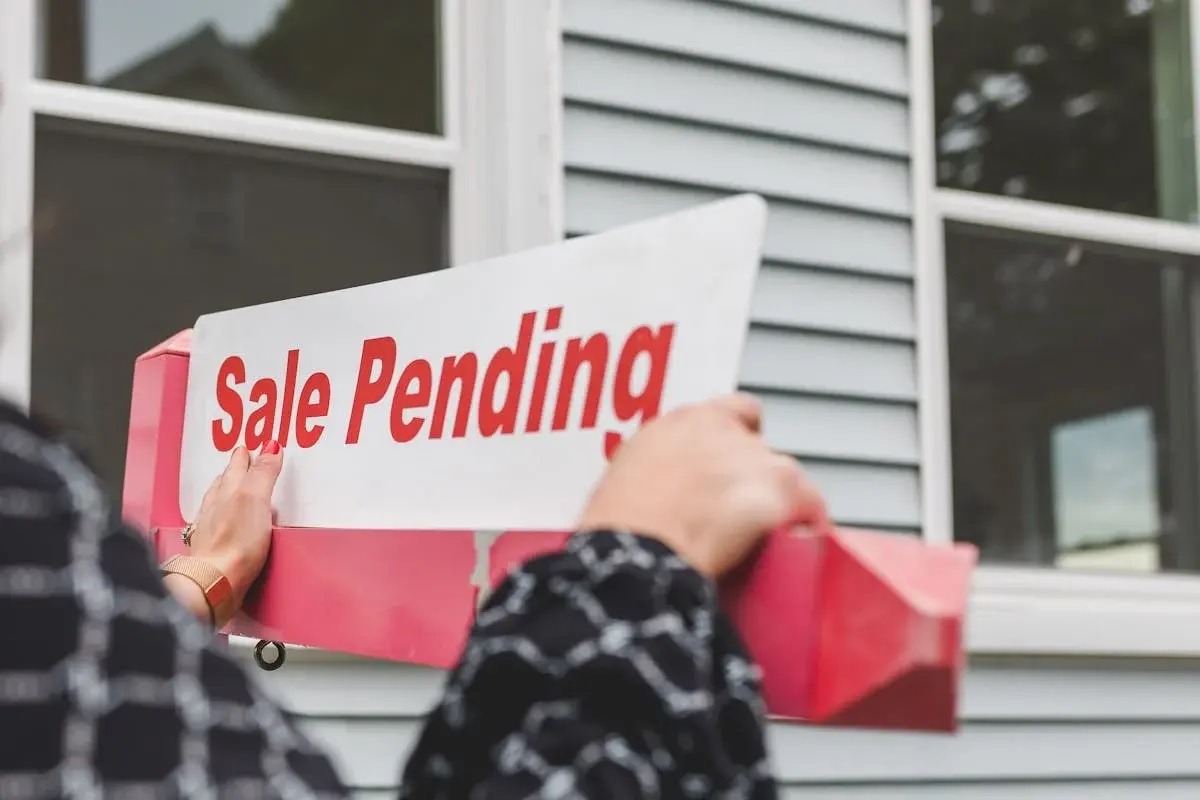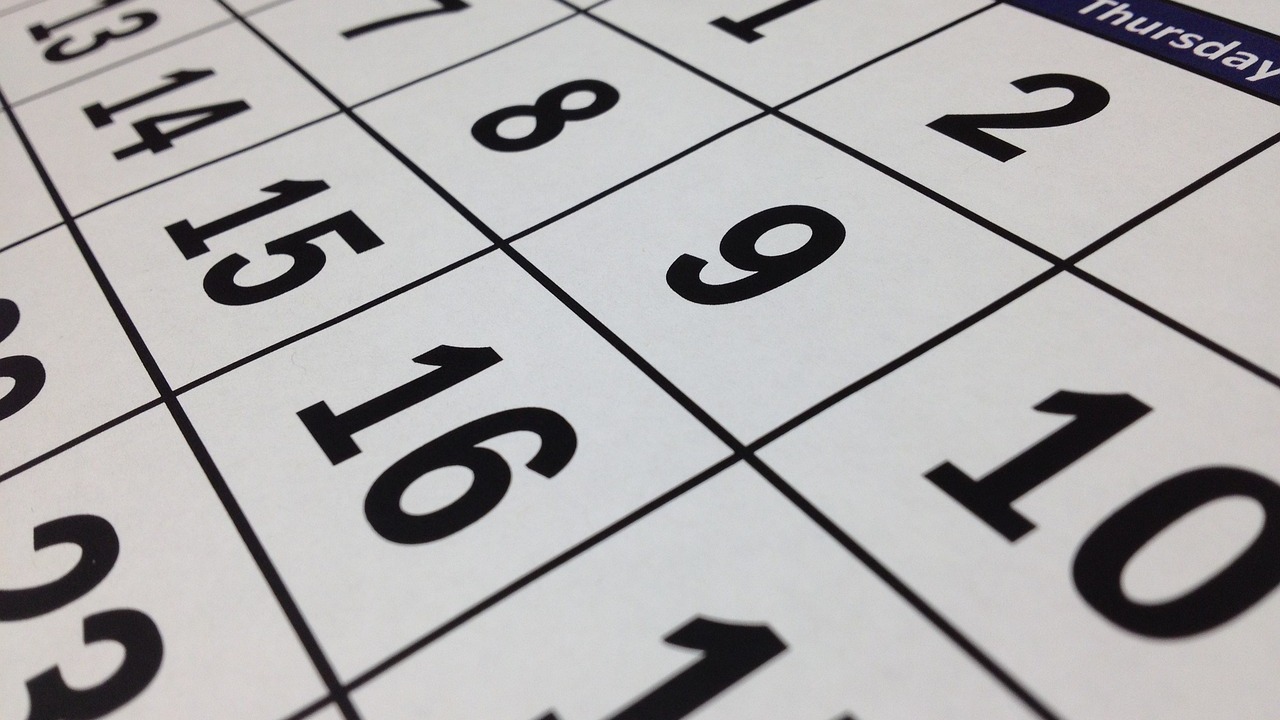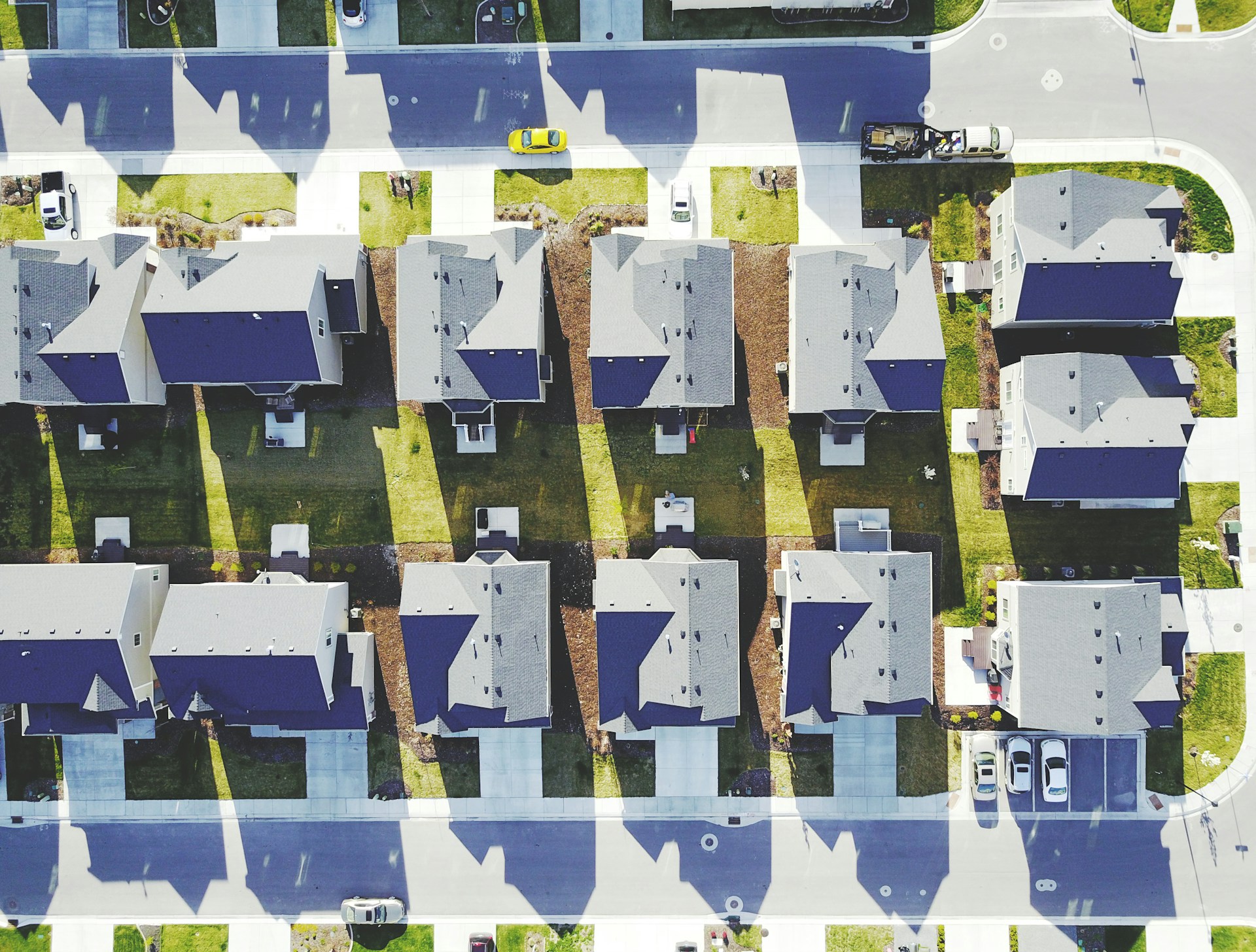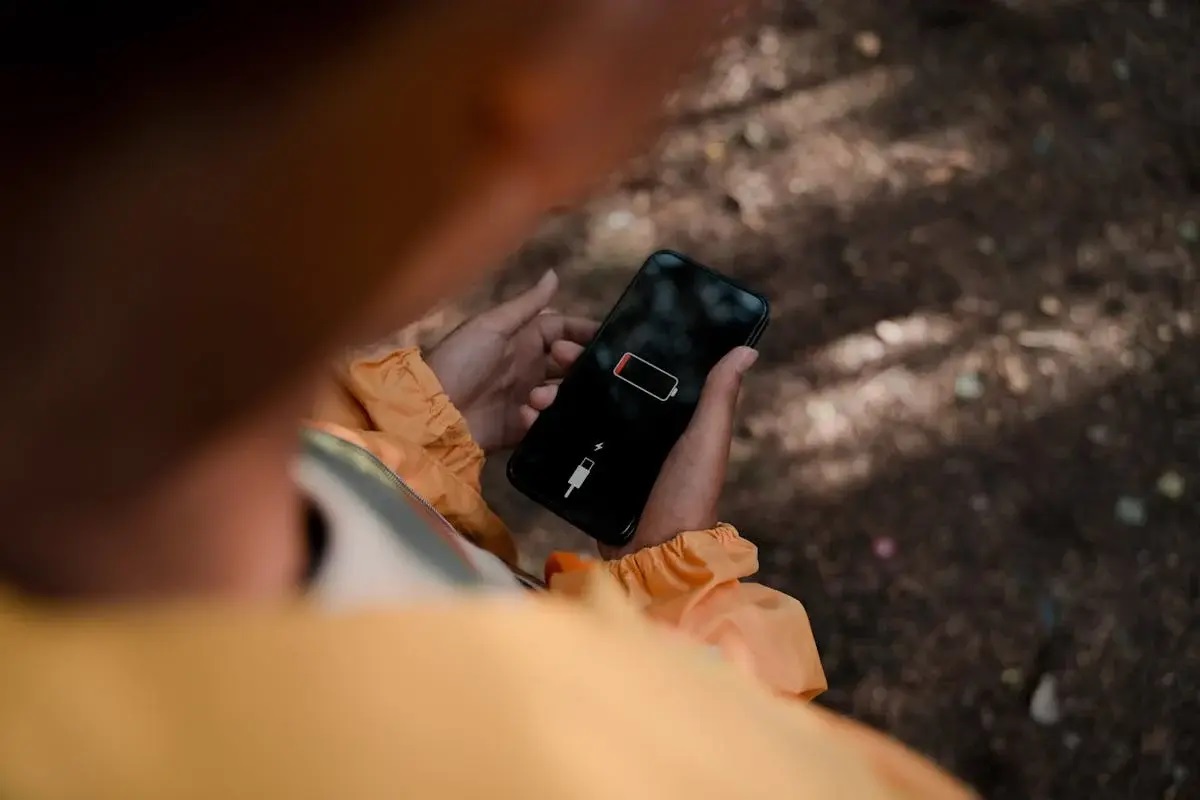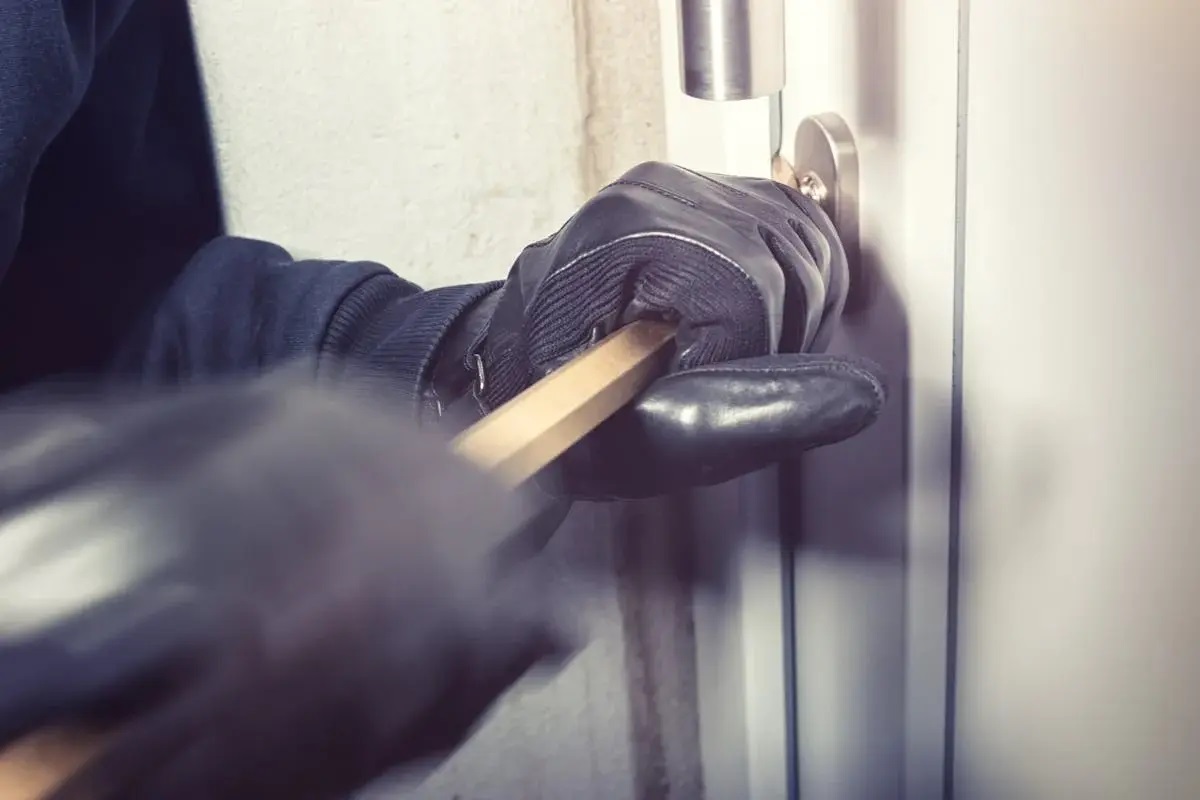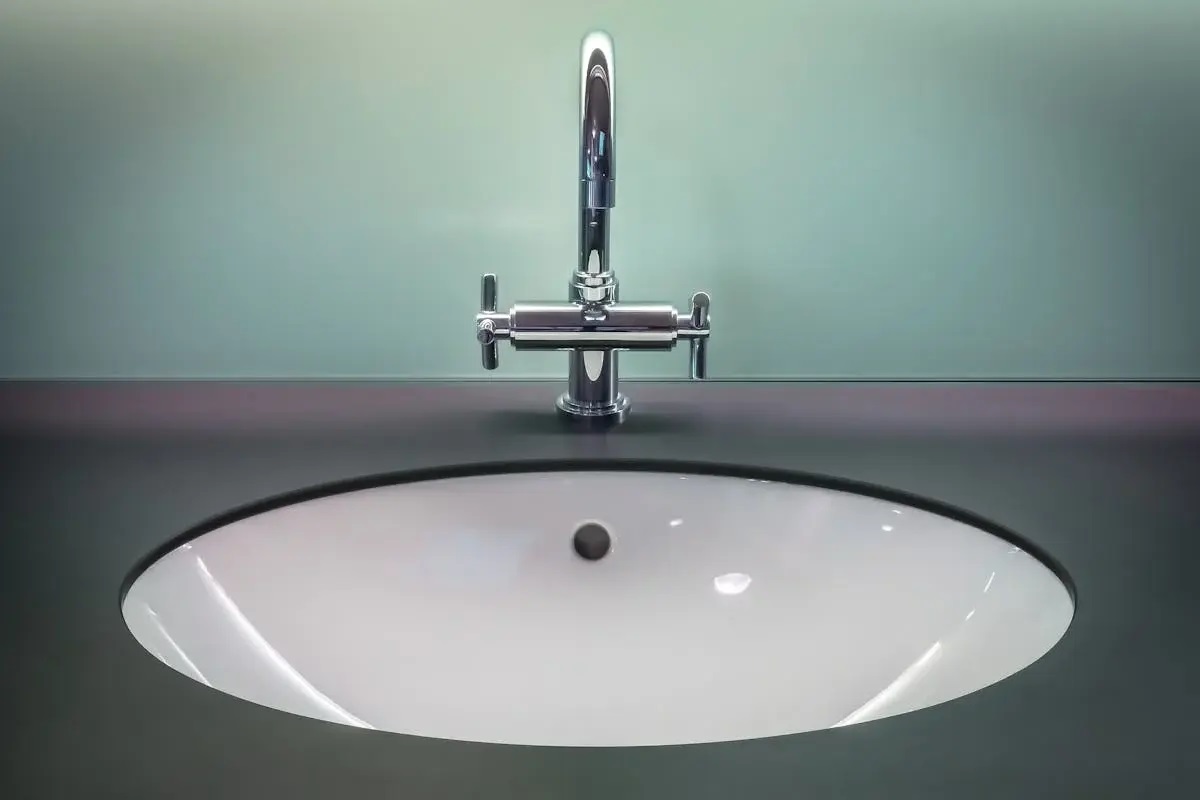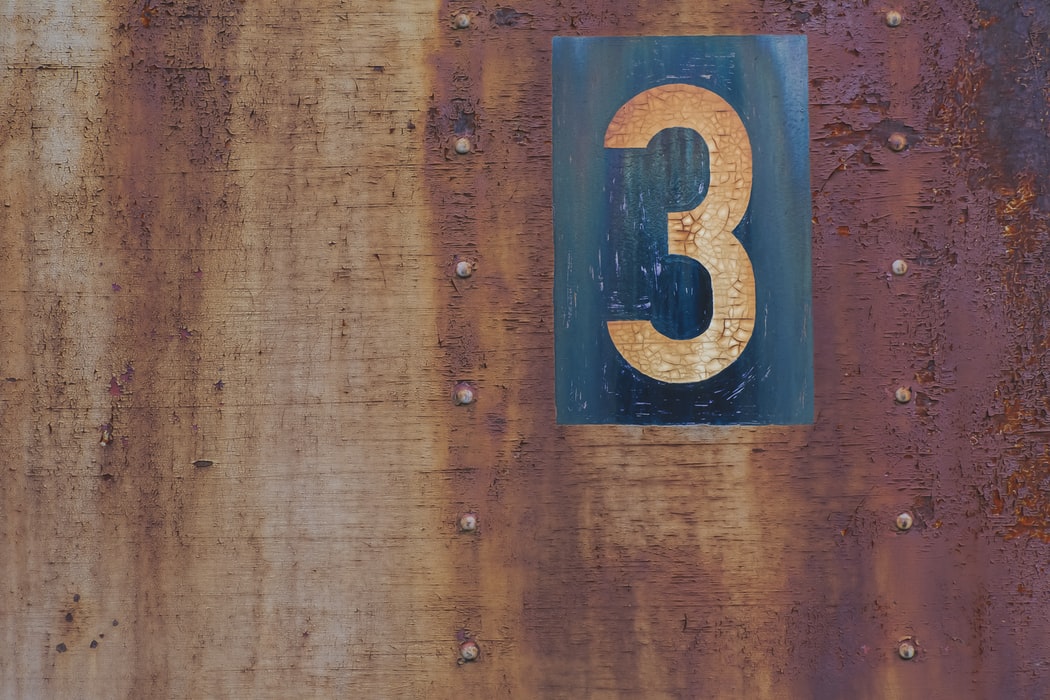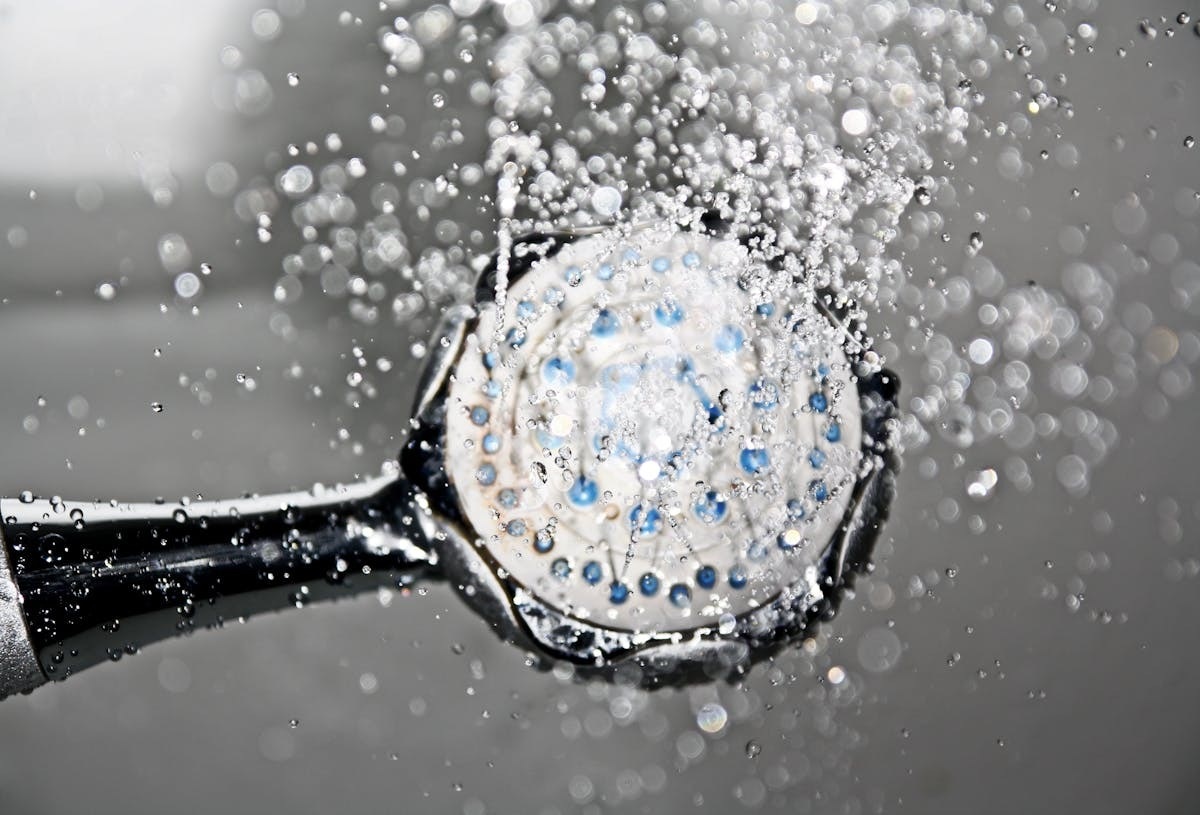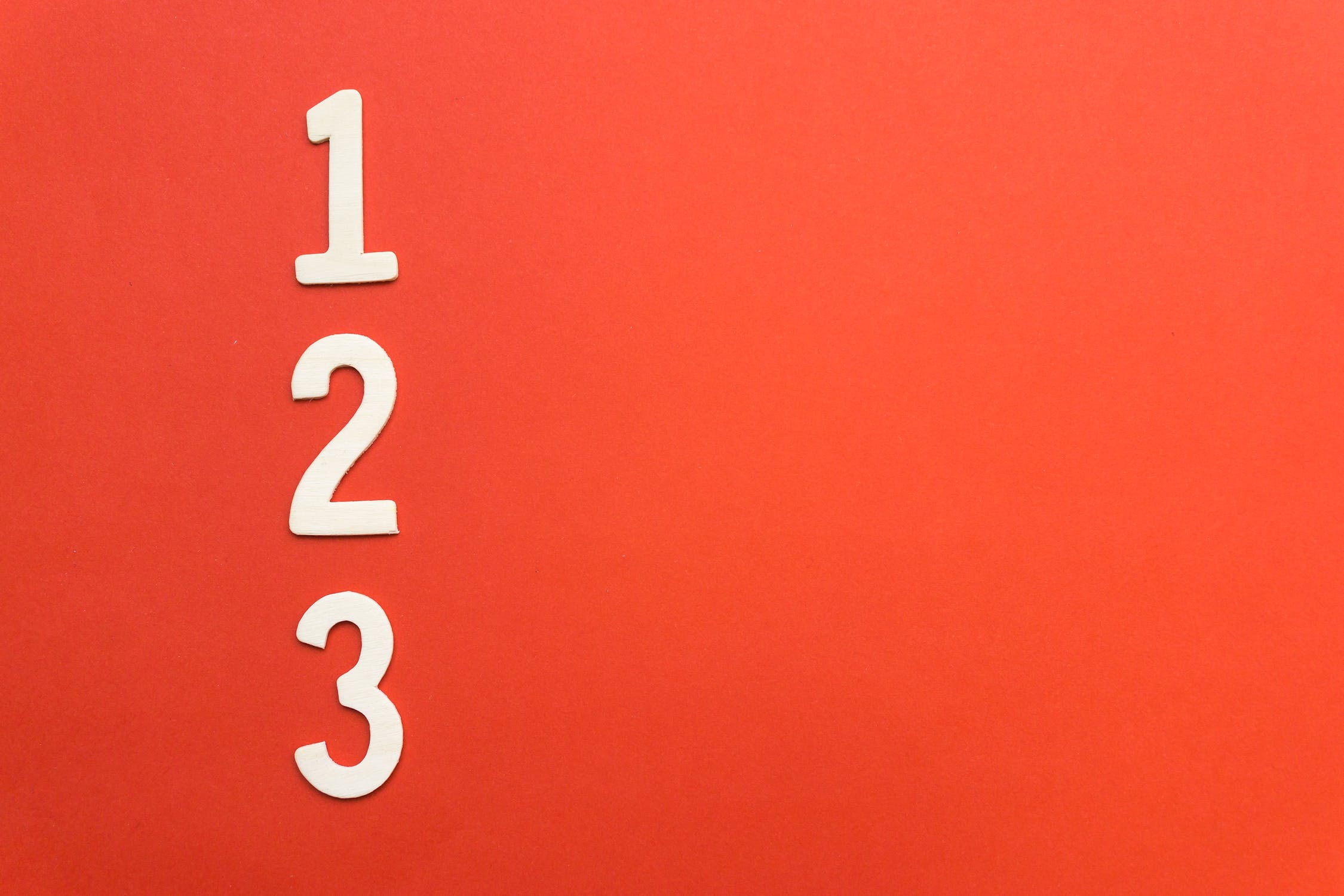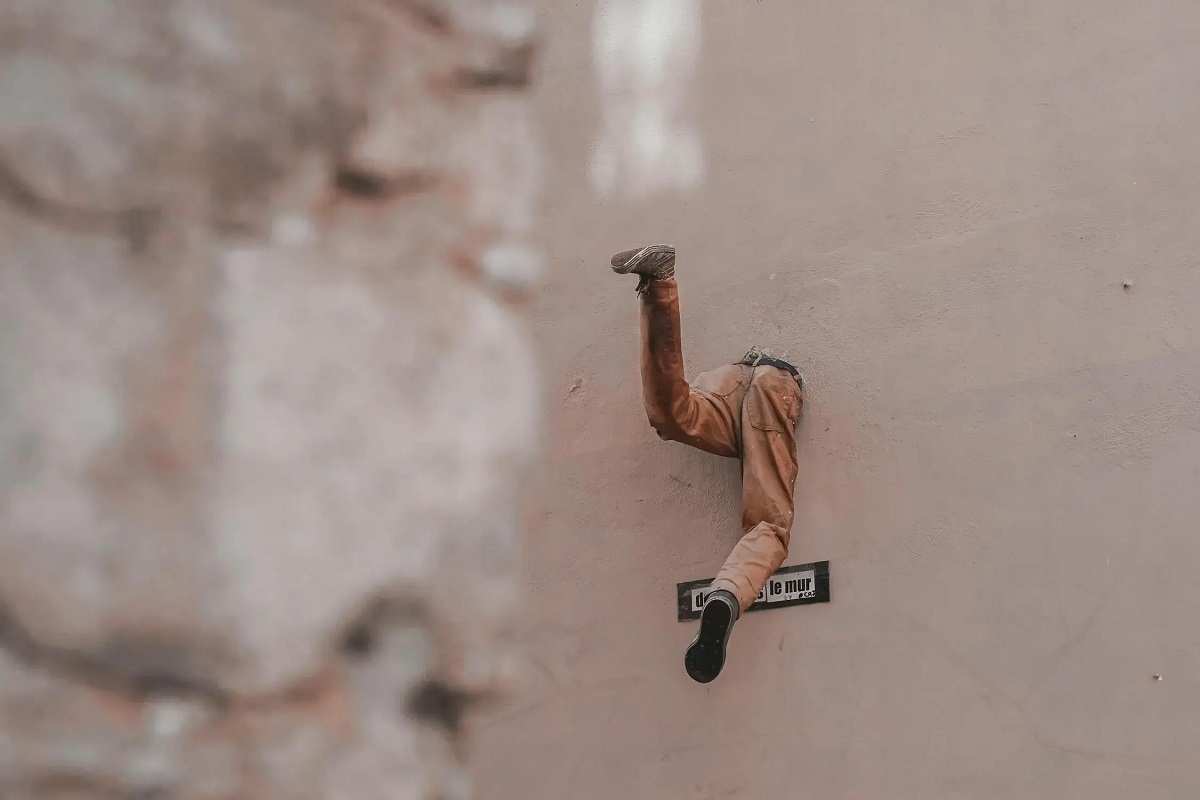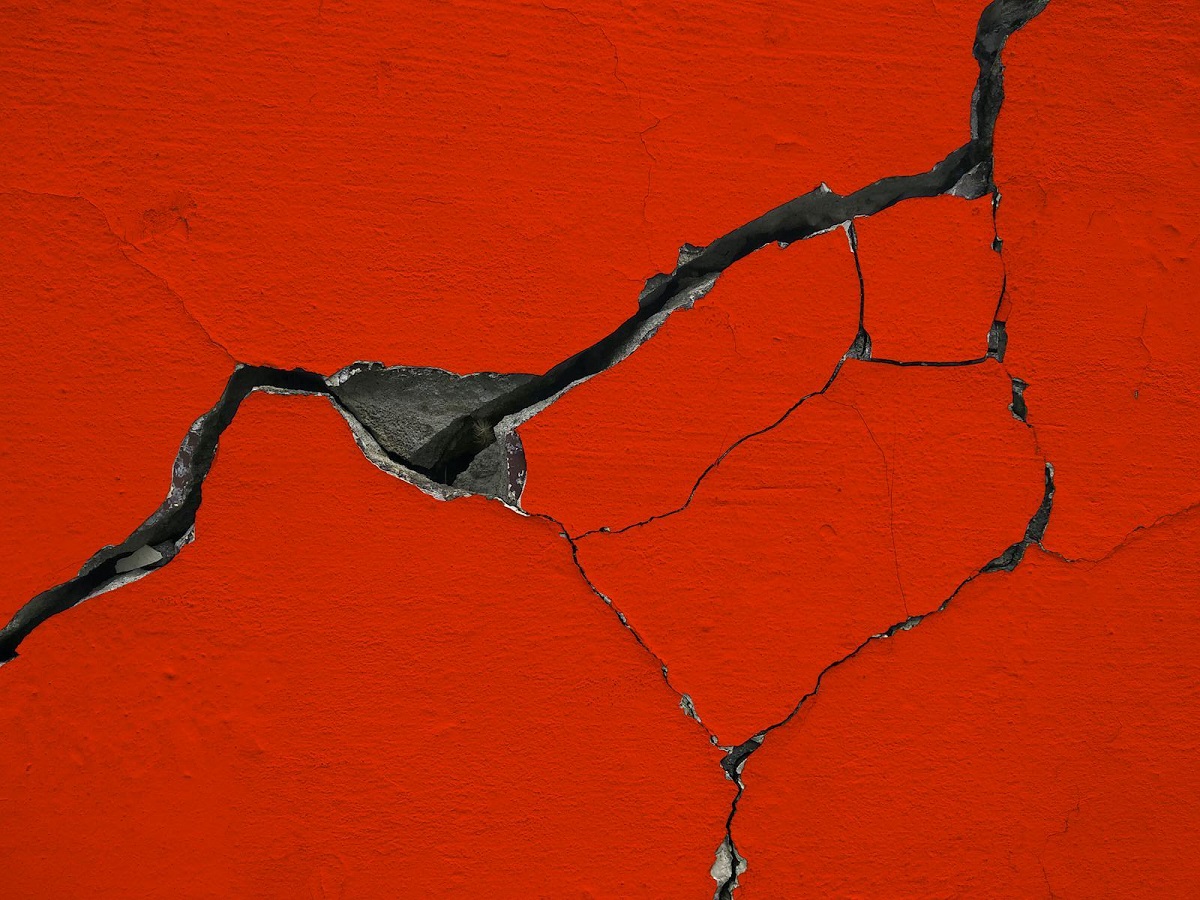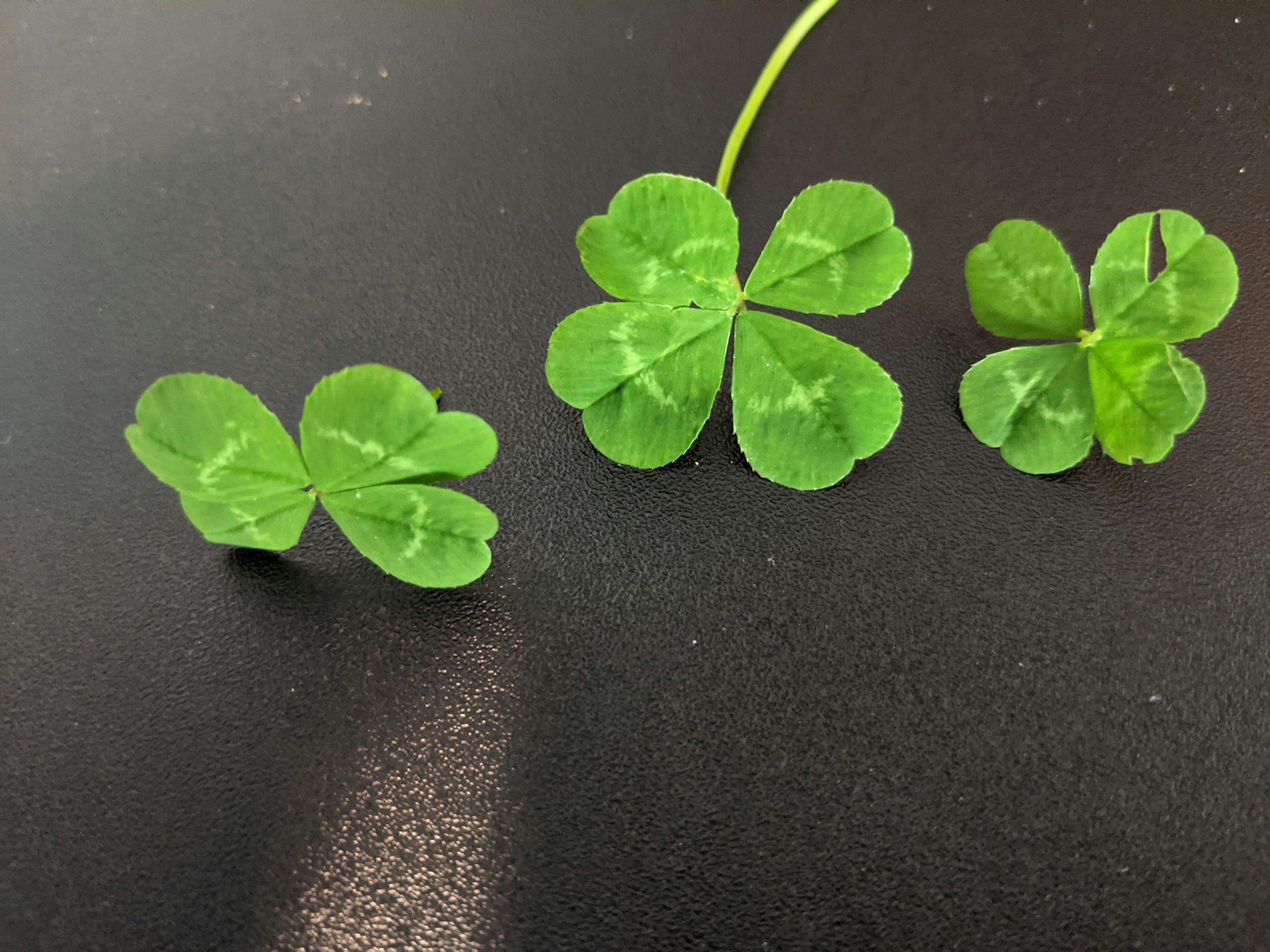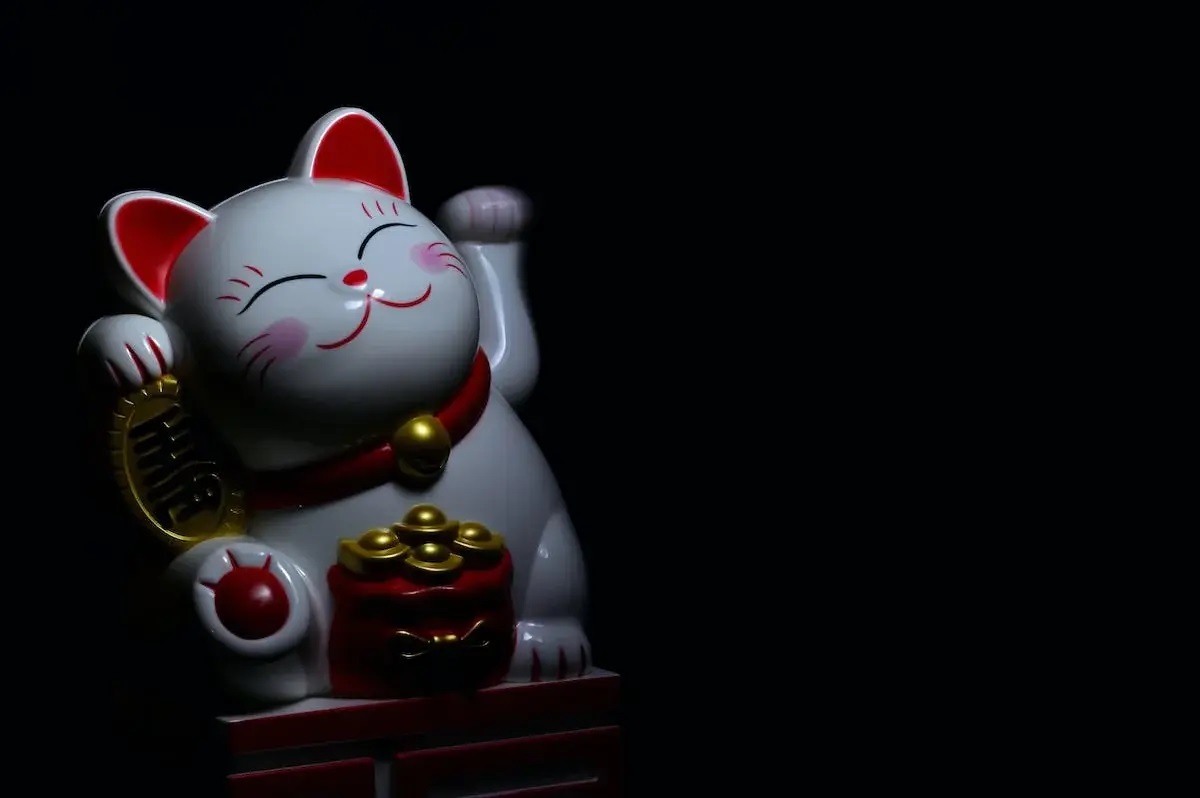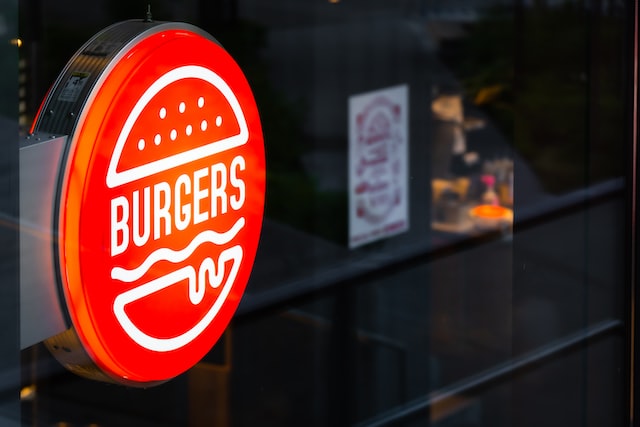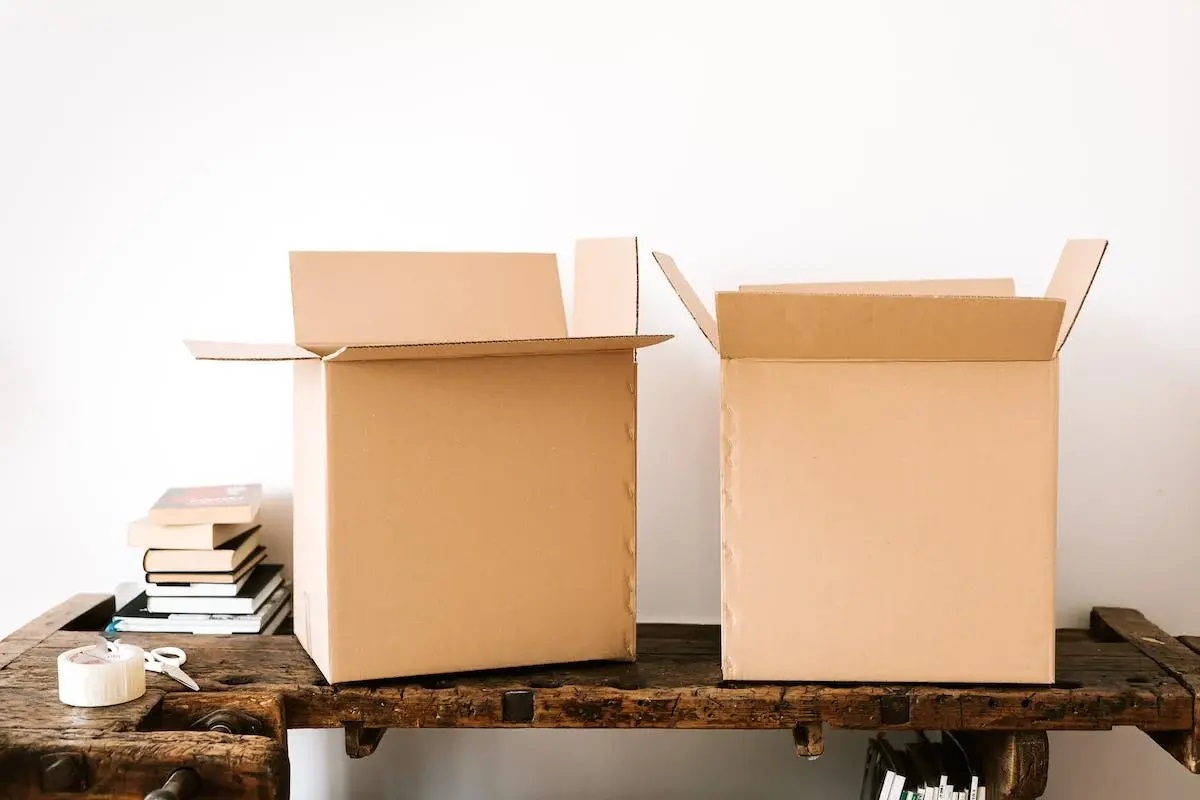Pile and clutter attack: spring wartime logistics
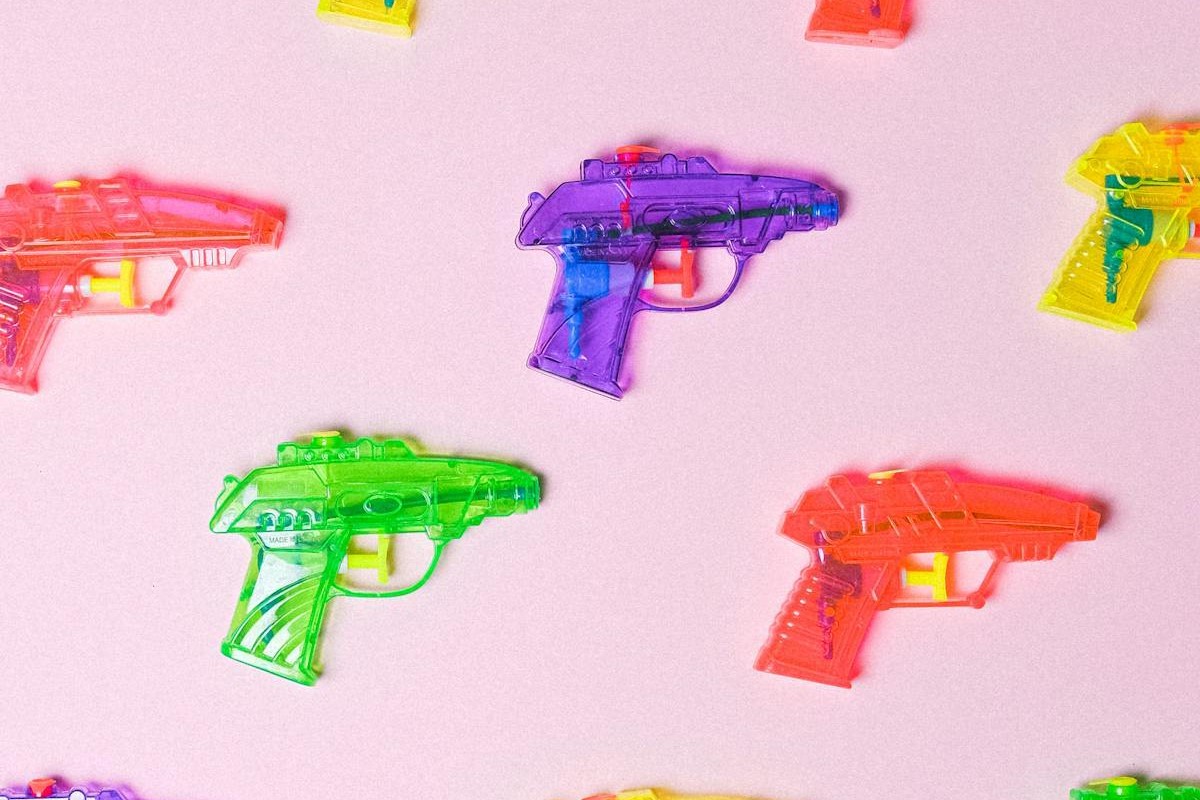
Published Date 3/27/2024
Ever wonder who came up with the term “spring cleaning?” Probably some ancient domestic magazine trying to fill up their pages. Perhaps the term became common because spring is a time of renewal, prompting people to swap winter’s stagnation for the promise of a new season. But with cleaning supplies? That kind of renewal doesn’t sound like much fun.
The thing is, you can’t truly start cleaning until you get rid of the stuff that accumulates everywhere and obscures what’s underneath. Six sets of shoes are strewn under the dining room table where kids do their homework. Tissues and plates are left behind from TV-watching in the family room. “Possible” outfits before leaving for a night out are now in a rejection pile. Clean laundry (now wrinkled), is still in a heap. As that infamous smart-mouthed Bugs Bunny used to say — “This means war!”
Realtor.com’s Jennifer Kelly Geddes suggests a stealth attack. Start on a small scale by first getting rid of the clutter that inevitably builds up over the winter months. Give the phenomenon a name that resonates with you — doom piles, depression rooms, stagnation city — but don’t fail to recognize the phenomenon that created these pieces of art (yes, they’re called “habits”). Okay, that’s all the finger-wagging we’ll do when it comes to heaps of junk you’ve swept onto a chair or into a bag, box, or laundry basket (or onto the floor) to clear some much-needed space.
Truth be told, Geddes finds that even organizing professionals have their challenges with it. “I often have small areas that are cluttered—like my bag or car or another spot I let build up,” admits pro organizer Katie McCann. When doom piles begin to grow, they are often the result of relieving a bit of personal pressure.
Addressing the piles is the next step, albeit one you may not look forward to. So Geddes came up with tidying tips to try that are low-pressure enough to not pull the covers over your head thinking about it. First off, there is the “five things” method. She describes this as picking up a small handful of items or to organize in any one space at a time (five, to be exact).
“The beauty of this cleaning approach is that it breaks down your mess into simple categories, giving you the chance to tackle just a couple of issues if that’s all the time and energy you can muster,” she says, and goes on to describe what you might start with:
Dishes (abandoned coffee cups, snack bowls)
Trash (old tissues, junk mail, empty soda cans)
Laundry—whether clean but unfolded, or dirty and strewn about.
Things that have a place.
Things that have no place.
Once you’ve identified your five things, make a list of what to attack first. “And no, you don’t have to clean up all five—it’s even okay to just stop at identifying the piles if this is all you can manage,” says Geddes. One expert she asked said you could even theme your days with this technique so that when Monday rolls around, you’re only focused on, say, clothing.
It might be fun labeling each day. “Monday Duds.” “Tuesday Trash.” How about “Sitcom Saturday? Turn the television on to a bunch of your favorite sitcom reruns and clean while you laugh. Some old shows are only 30 minutes long, so you won’t miss much when you disappear to put something away. If you address one or two of the categories in a day, it’s a big win and you’ll be a TV trivia expert to boot.
Trash or dishes are the easiest starts, she adds. Grab a bag and stuff it with what you’ve gathered, then take out the trash right then. As for dishes, run them under warm, soapy water and load as many as you can into the dishwasher.
“Things that have no place” may sound like the title of a child’s bedtime reading book, but it’s no joke when you’re confronted by it. Some you know about. Shoes piled up by the door belong in that basket on the coat closet floor. Books that someone pulled from the bookcase should go right back on the shelves. “As for the things that do not have a place, this grouping is what most of us will call junk or clutter,” says Geddes. “It’s the broken toy sitting under the coffee table or the outgrown sweatshirt hanging on the stair railing. These things are waiting to be donated, reused, or recycled.”
Many people declutter just before something important happens or they’re going through a transition, such as a move, the change of seasons, having a baby, or getting married. When your life feels like it’s changing, you might feel more comfortable changing your surroundings too. But waiting for those moments might not be feasible if they’re far apart, which they often are.
“The bottom line is to keep your objective (cleaning up!) in sight and not feel too much pressure,” says Geddes. “You don’t want to get overwhelmed and abandon the whole project.”
Realtor, TBWS
All information furnished has been forwarded to you and is provided by thetbwsgroup only for informational purposes. Forecasting shall be considered as events which may be expected but not guaranteed. Neither the forwarding party and/or company nor thetbwsgroup assume any responsibility to any person who relies on information or forecasting contained in this report and disclaims all liability in respect to decisions or actions, or lack thereof based on any or all of the contents of this report.
NMA Home Loans is Licensed by the California Department of Real Estate under License # 01111689 and NMLS # 320740




